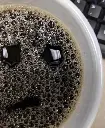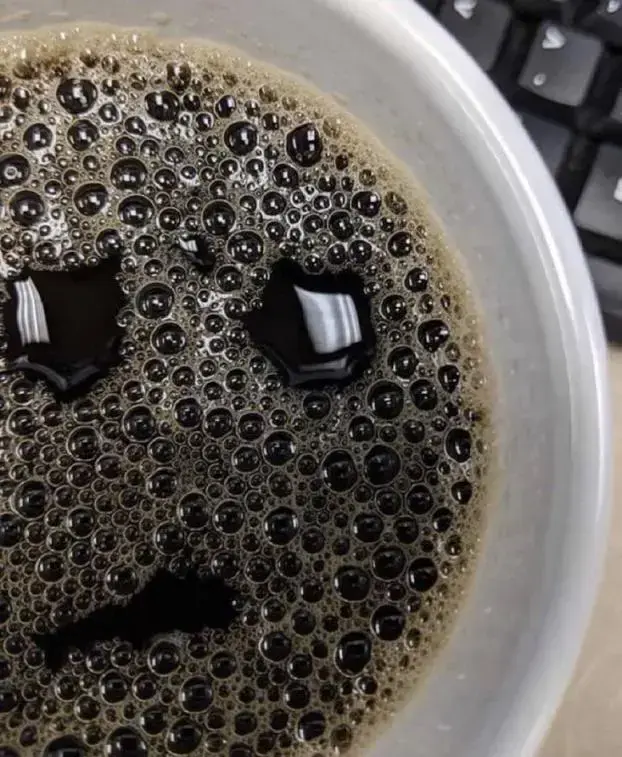it looks so content, as if it got life all figured out 🥰
Great... Thanks for the nightmares 🙃
Yeah I wan't sure if this was really built by people walking there for hundred of years, or if it was done intentionally 😅
You find articles citing studies on sciencebasedmedicine.org
Tl;dr:
- A study published in The BMJ suggests vitamin D might prevent autoimmune disease, but there are reasons to be cautious
- A randomized controlled trial finds vitamin D supplementation has no effect on depression. This adds to the long list of medical conditions for which vitamin D supplementation has turned out to be ineffective.
No worries! Here is the full picture from the article anyway for anyone interested
Hazard potential refers to the inherent capacity of a substance, activity, or process to cause harm under certain circumstances. It doesn't take into account the likelihood or circumstances of exposure, which is where risk comes in.
Think of it this way: a hazardous substance is one that could cause harm. For instance, a poisonous chemical has the inherent potential to cause harm, thus it is a hazard. However, the risk associated with this hazardous substance is dependent on factors like how, how much, how long, and how often a person is exposed to it.
In the context of the aspartame debate, the hazard potential refers to the possibility that aspartame could potentially cause harm (like cancer) under certain circumstances. However, this doesn't necessarily translate to a significant risk for humans consuming aspartame in normal dietary amounts because the exposure is much lower than the levels where harm was observed. The actual risk to humans is determined by the likelihood of that harm occurring at the levels of aspartame consumption typical in human diets.
Or at least that's how I understood it from the article 😅
but as far as I can tell most posts were complaining about Meta, no?
feel free to share some of these lovely creatures on here 😉
Jup... The obsession these guys have. Fucking creepy!







































